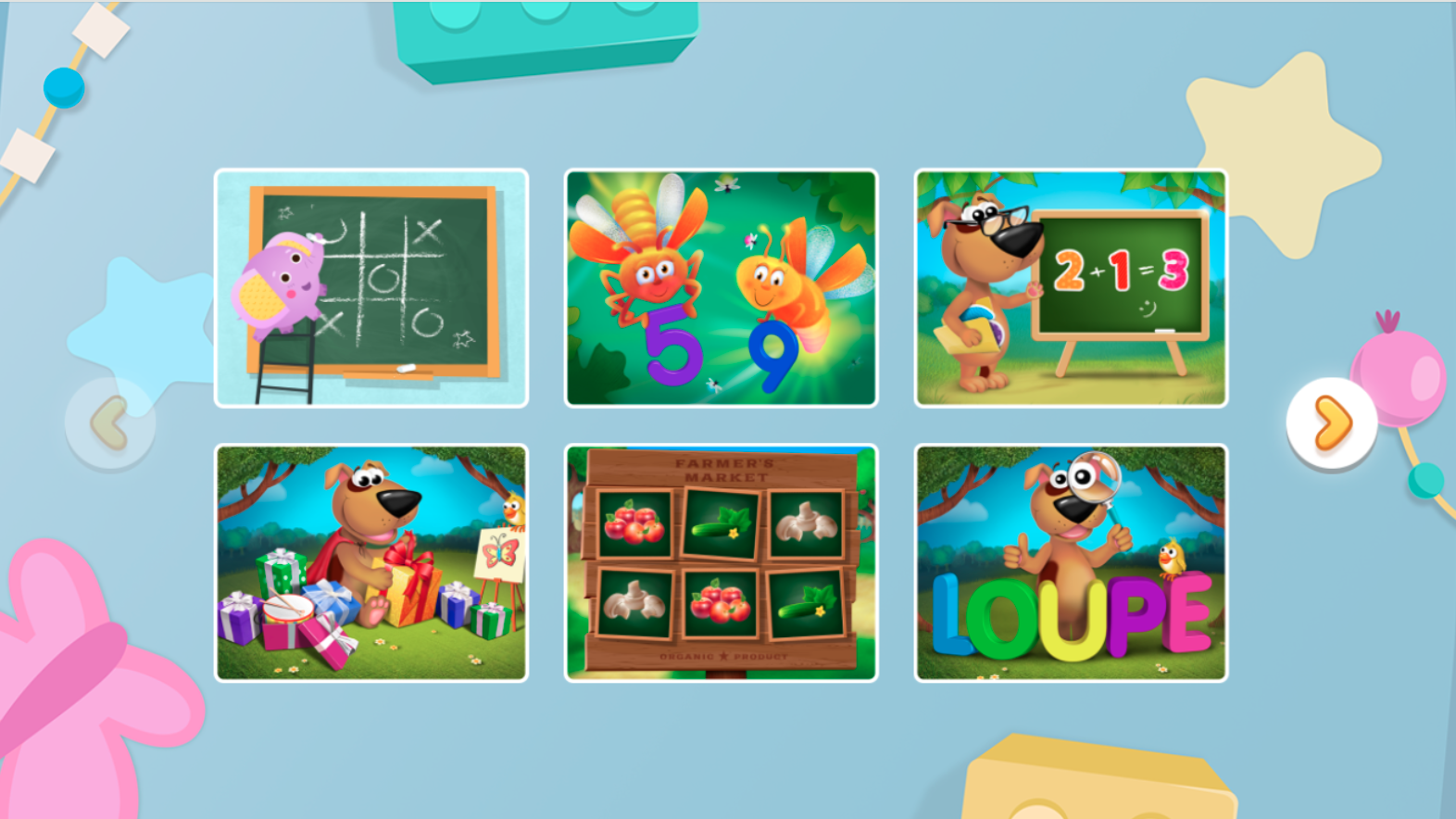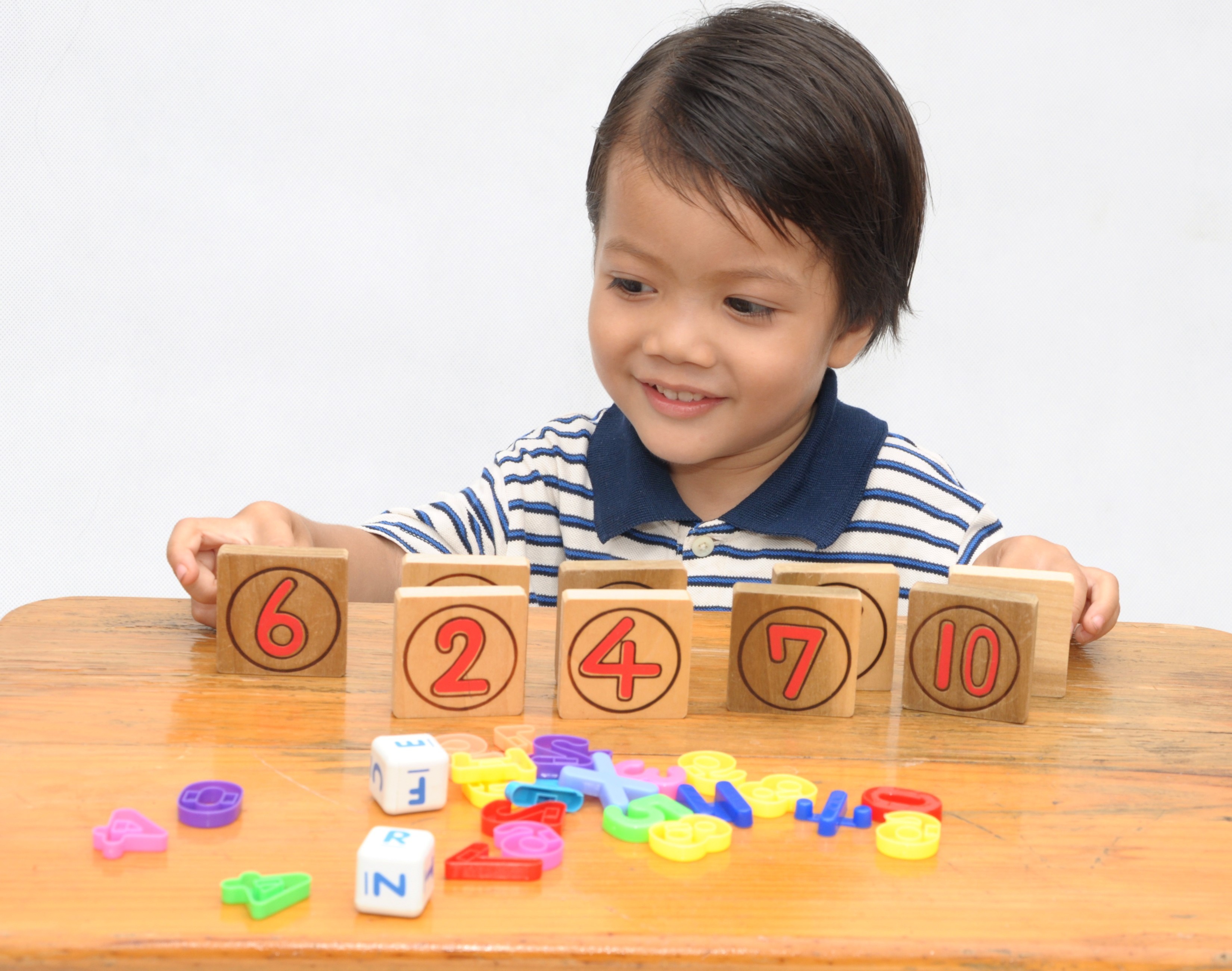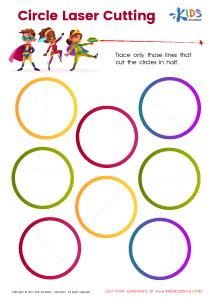Fine Motor Skills Normal Tracing Shapes Worksheets for Ages 5-9
3 filtered results
-
From - To
Enhance your child's fine motor skills with our engaging Normal Tracing Shapes Worksheets designed for ages 5-9. These interactive worksheets promote hand-eye coordination and dexterity as children trace various shapes, fostering confidence in their writing abilities. Created with vibrant visuals and age-appropriate designs, these activities are perfect for both classroom and at-home learning. As children engage in tracing, they will also develop essential skills including shape recognition and spatial awareness. Download our worksheets now to transform learning into an enjoyable experience that sets the foundation for stronger academic performance. Perfect for preschool, kindergarten, and early elementary students!
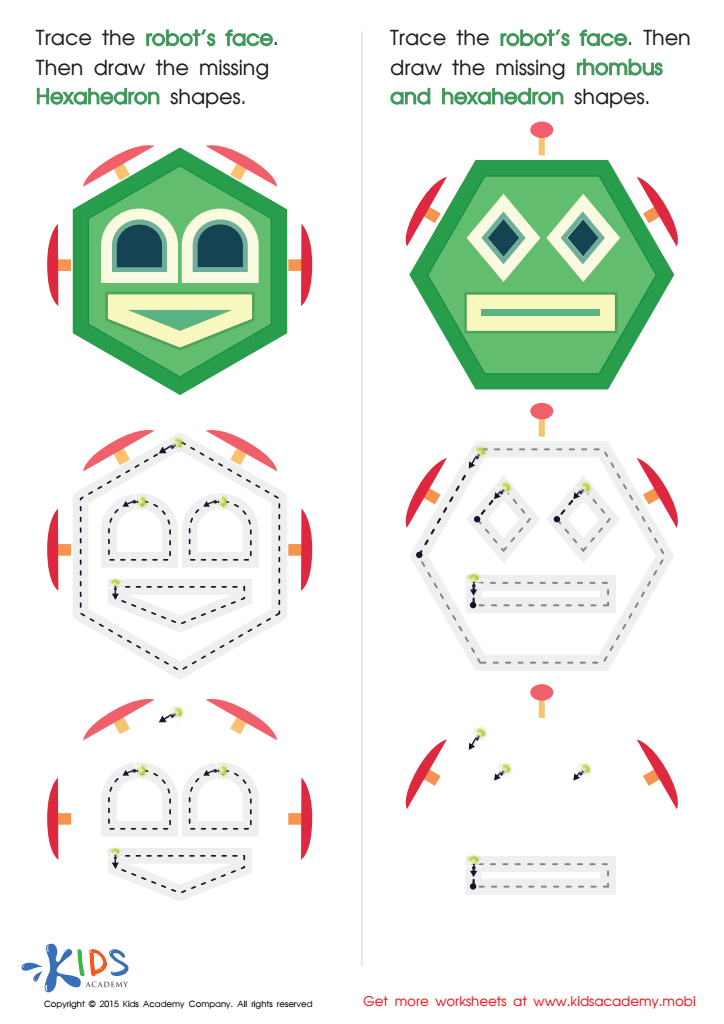

Practice Drawing Hexahedrons And a Rhombus Worksheet


Learning to Draw Crescents And Triangles Worksheet
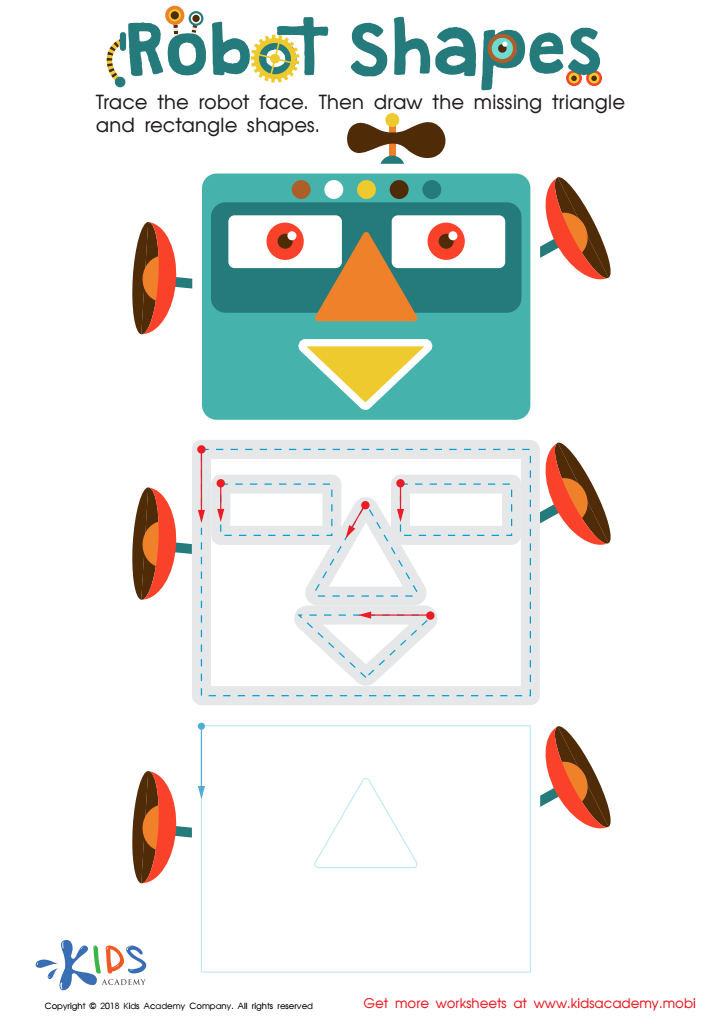

Robot Shapes Worksheet
Fine motor skills are essential for children's overall development, particularly in the ages of 5-9, a crucial period for growth and learning. Normal tracing of shapes helps strengthen the small muscles in the hands and fingers, improving hand-eye coordination and control. These skills are foundational for various everyday tasks, such as writing, coloring, and using tools, which significantly contribute to a child's educational success.
Parents and teachers should care about fine motor skills because they directly correlate with academic achievement and self-sufficiency. Mastering tracing activities promotes concentration, patience, and perseverance—qualities that enhance a child's learning experience. Additionally, fine motor proficiency impacts children’s ability to engage with learning materials effectively, fostering confidence and independence.
Furthermore, supporting the development of these skills can aid in identifying any developmental delays early on, allowing for timely intervention if needed. Encouraging fine motor skill practices through fun activities and games not only makes learning enjoyable but also empowers children with the competencies needed for future challenges. In summary, investing in fine motor skill development today sets the stage for smoother educational journeys tomorrow, making it a critical focus for both parents and educators.
 Assign to My Students
Assign to My Students




